
- Permbajtja
- prev
- next
- prev
- next
The Albanian House
Dervish Ali Towers (Residential complex)
In a dominant plot of land in the center of the upper neighborhood in Dukat, stands a large ensemble of buildings known by residents as the 'Dervish Ali' Tower.

This house is a rare case-study in the architecture of rural houses typology, where we find organically united, separate housing units with different functions, creating a large complex. The complex is the result of several stages of construction.
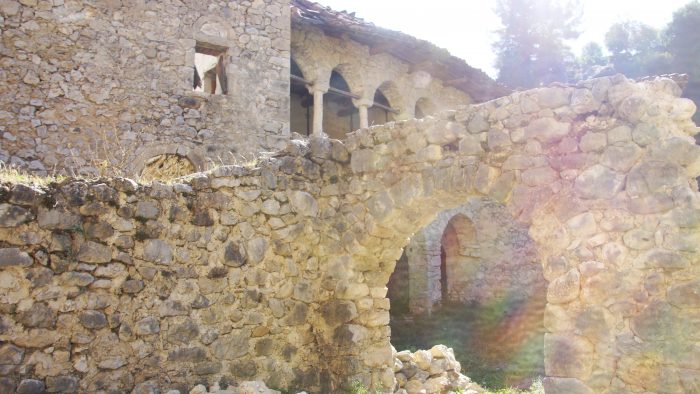
On the plan, it creates a more or less enclosed contour in the shape of a triangle, where on the three peaks rise the three main interconnected constructions, according to two sides with other constructions, while the third side forms the surrounding wall. The house was covered with a two-inclination roof. One of the towers (no. 2) presents a special solution because its volume rises over a village road and the passage is made through a tunnel running along the volume, covered with cylindrical archway. The tower rises as a prismatic volume.
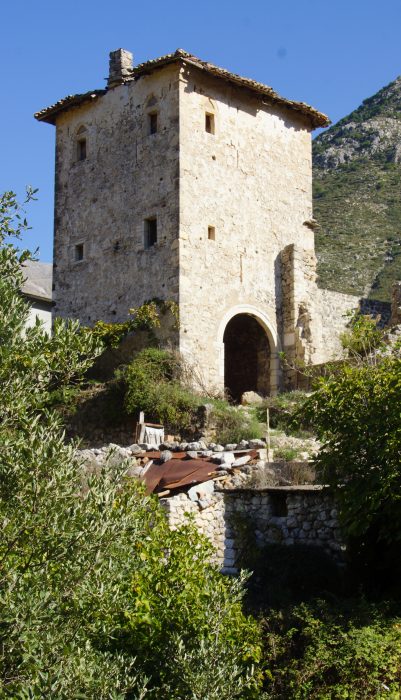
The plan has the shape of a square. The volume is broken by a small number of windows as well as many small openings, also known as 'frëngji'. The entrance to the tower is on the back. Upon entry, we have a wooden structure that creates a preface. Here we have the sanitary unit. On the opposite side we have a wooden staircase that leads to the upper floors and in front of the entrance is the fireplace. This tower was used during Communism, as a Museum. Next to tower 2 we have house 1 which is also triangular but with a higher elevation.
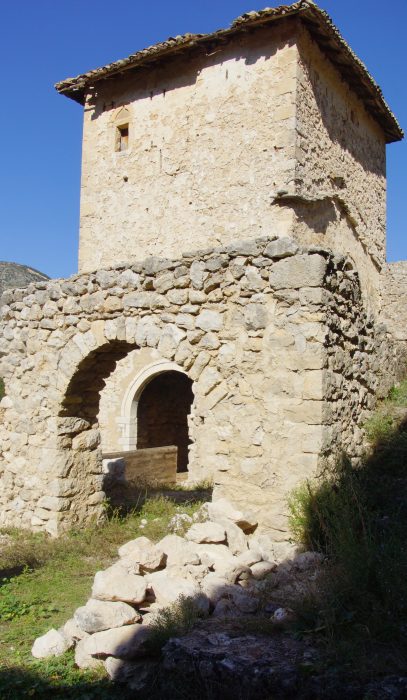
The ground floor is covered with a cylindrical archway. The first floor has access to the other side of the house. Space is dark and receives light from two small windows in the form of (frëngji). There's a wooden staircase that leads to the upper floor where there is a fireplace, a console-shaped water basin as well as numerous openings (frengjij). House 3 is composed of two rooms, the ground floor and the living areas with the same extension but with separate entrance. House 4 has a great resemblance to house 3. It is composed of two volumes, the ground floor and the upper floor. A partly stone, partly wooden staircase, provides the interconnection. House 5 is formed by open volumes, 'hajati' and 'cardak'.
The first has a three-arched collonade on the front, while the second has a lighter arcade with five arches.
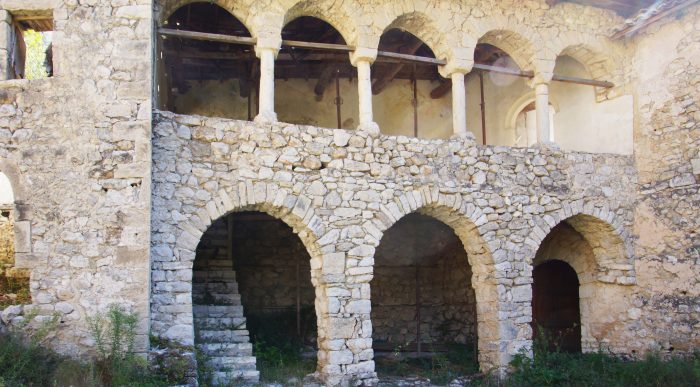
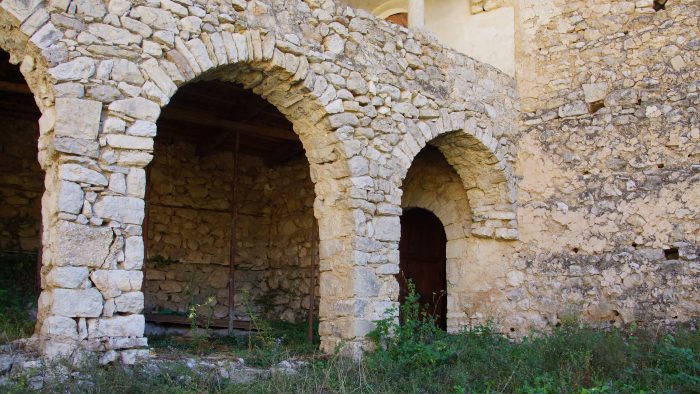
The ensemble of these towers is striking and homogeneous. The unity and uniqueness of the work have been masterfully achieved eve though not well-preserved at all. The enclosed volumes combined with open construction have been treated with basic architectural elements, thereby emphasizing the mass of stone masonry that gives the ensemble a stoic and unique appearance.

Source: thealbanian.house